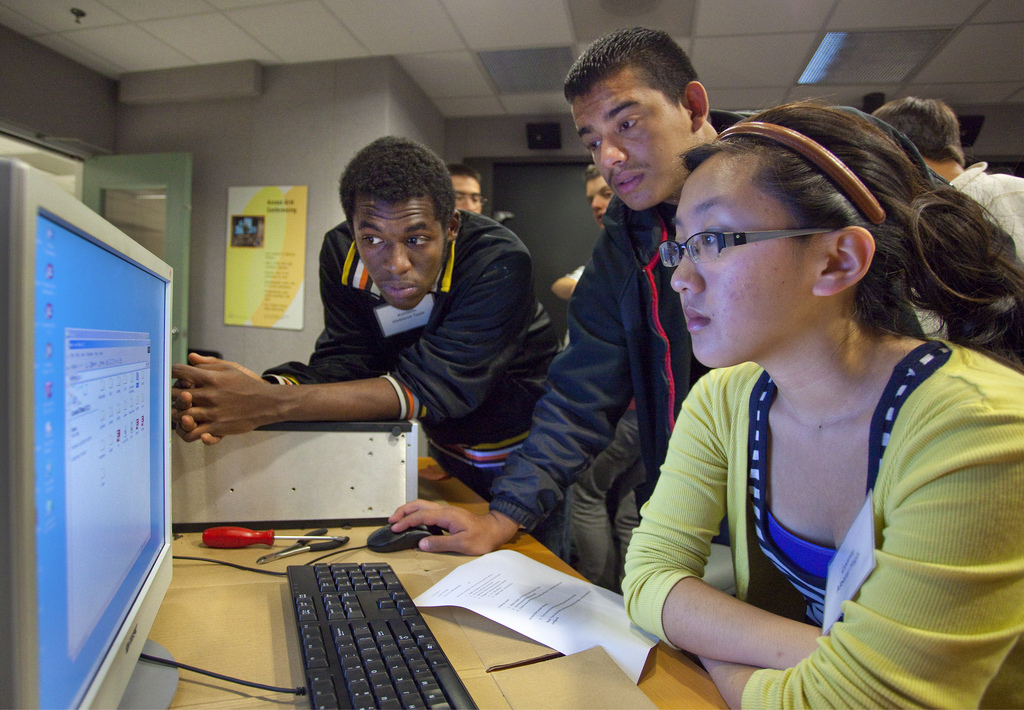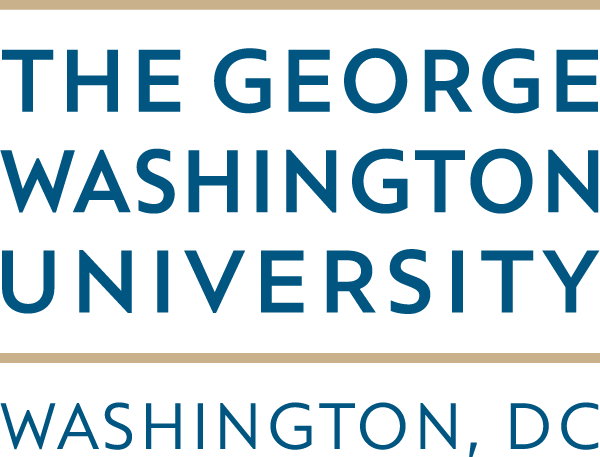How do state policies facilitate or challenge inclusive STEM high schools?

This brief highlights the interactions between state policies and local actions to establish and sustain inclusive STEM high schools (ISHSs) in three states, North Carolina, Ohio, and Texas. Unlike many states that have funded more diffuse STEM education efforts, these states deliberately created plans to scale up initiatives to establish innovative new STEM high schools.
At a time when young people need more knowledge and skills in STEM disciplines for nearly any job, and when the nation and individual communities seek highly qualified candidates for STEM-related businesses and industries to boost local economies, policymakers agree that an improved K-12 STEM education is vital (National Academies, 2011). Of equal importance, the most rapidly growing segments of the population entering the workforce are groups traditionally underrepresented in STEM—women, African Americans, and Latinos. This trend coincides with the troubling⎯and growing⎯gaps in economic and social mobility that access to high-quality STEM education can help breach (National Academies, 2011). The inclusive STEM high schools that are the focus of our research intentionally target students whose families are working class or poor or who will be the first generation in their families to attend college (Lynch, 2015).
Read our full brief:
Bringing Inclusive STEM High Schools to Scale: Policy Lessons from Three States




